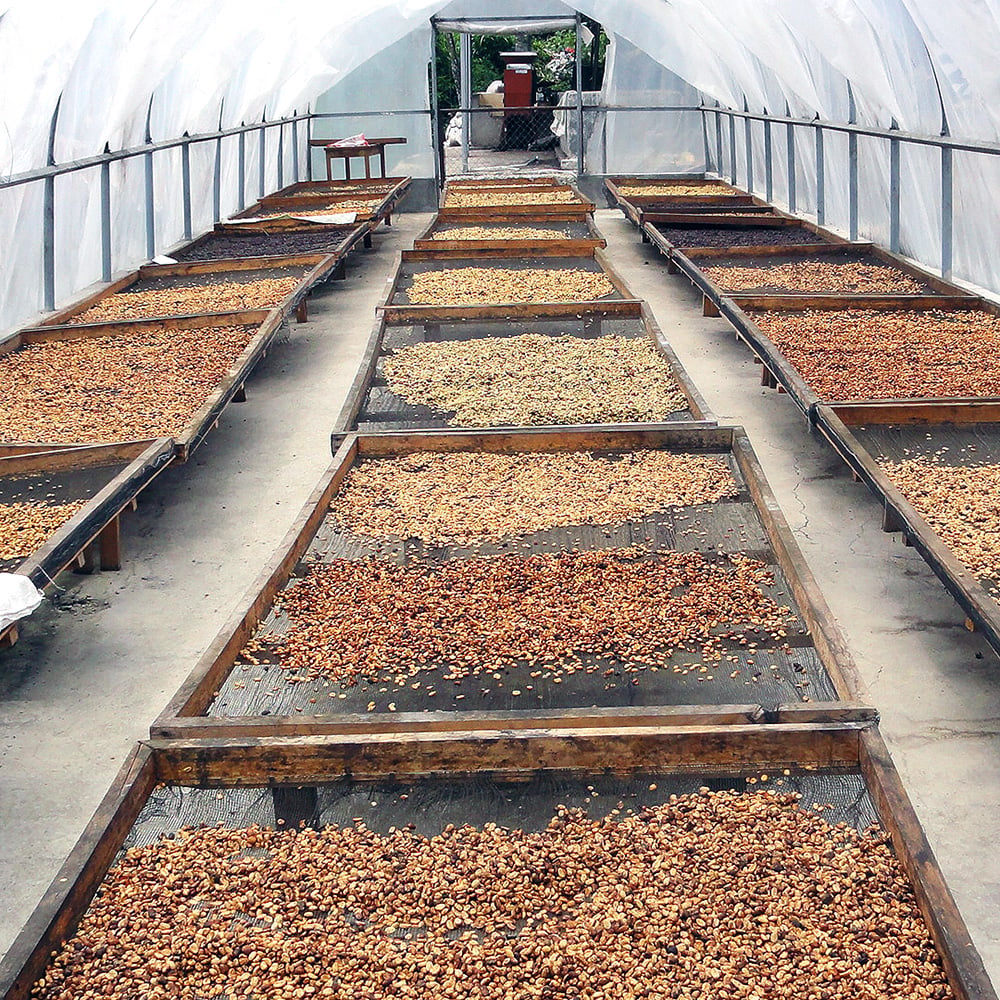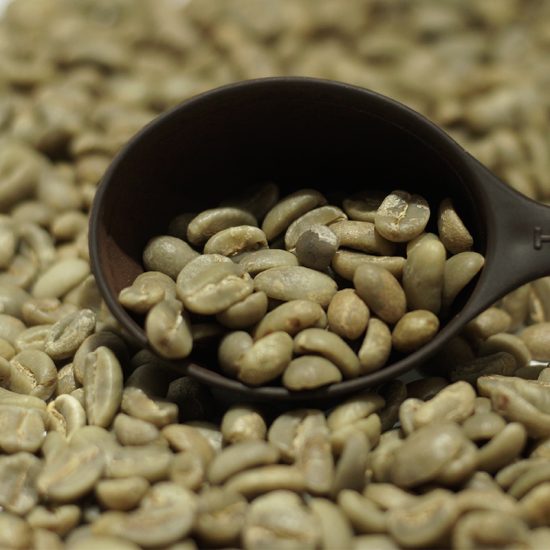
Coffee farms tend to average 0.5-2 hectares each. Notably, processing is typically not overseen by a single individual or team instead, coffee moves task by task through different parties before reaching its final, fully-dried, state. Sumatra’s smallholder coffee is a complicated process.


North Sumatra province, just below Aceh, is a varied territory with high elevation grasslands, mountain ranges, and the massive Lake Toba, another of the island’s most famous coffee producing areas. Aceh province (pronounced AH-CHEY) is the northernmost province of Sumatra and its highland territory, surrounding Lake Tawar and the central city of Takengon, is considered to be the epicenter of one of the world’s most unique coffee terroirs. The large majority of coffee blends labeled “Mandheling” tend to be drawn from across a variety of local parchment collectors across two main coffee producing provinces, both of which are fortified with volcanic soils: Aceh and North Sumatra. Regional coffee blend distinctions in the northern provinces of Sumatra were originally based on human ethnicity, rather than geography: Mandheling is a widespread cultural group found across Sumatra and Malaysia “Batak”, to use another example, is a Mandheling sub-ethnicity based around Lake Toba and considered a smaller regional coffee pedigree unto itself, and often marketed as such. Notes: “Mandheling” is one of the broadest coffee trading terms for a regional blend in Indonesia, applying to almost any blend of wet-hulled coffees from across the northern half of the island of Sumatra that suit a generic cup profile that is heavy on the palate, earthy in balance, and complex. Grower / Region: Smallholder farmers across Northern Sumatra & Aceh / Northern Sumatra and Aceh Provinces, Sumatra, Indonesia Earthy | Dark Chocolate | Citrus Undertones


 0 kommentar(er)
0 kommentar(er)
